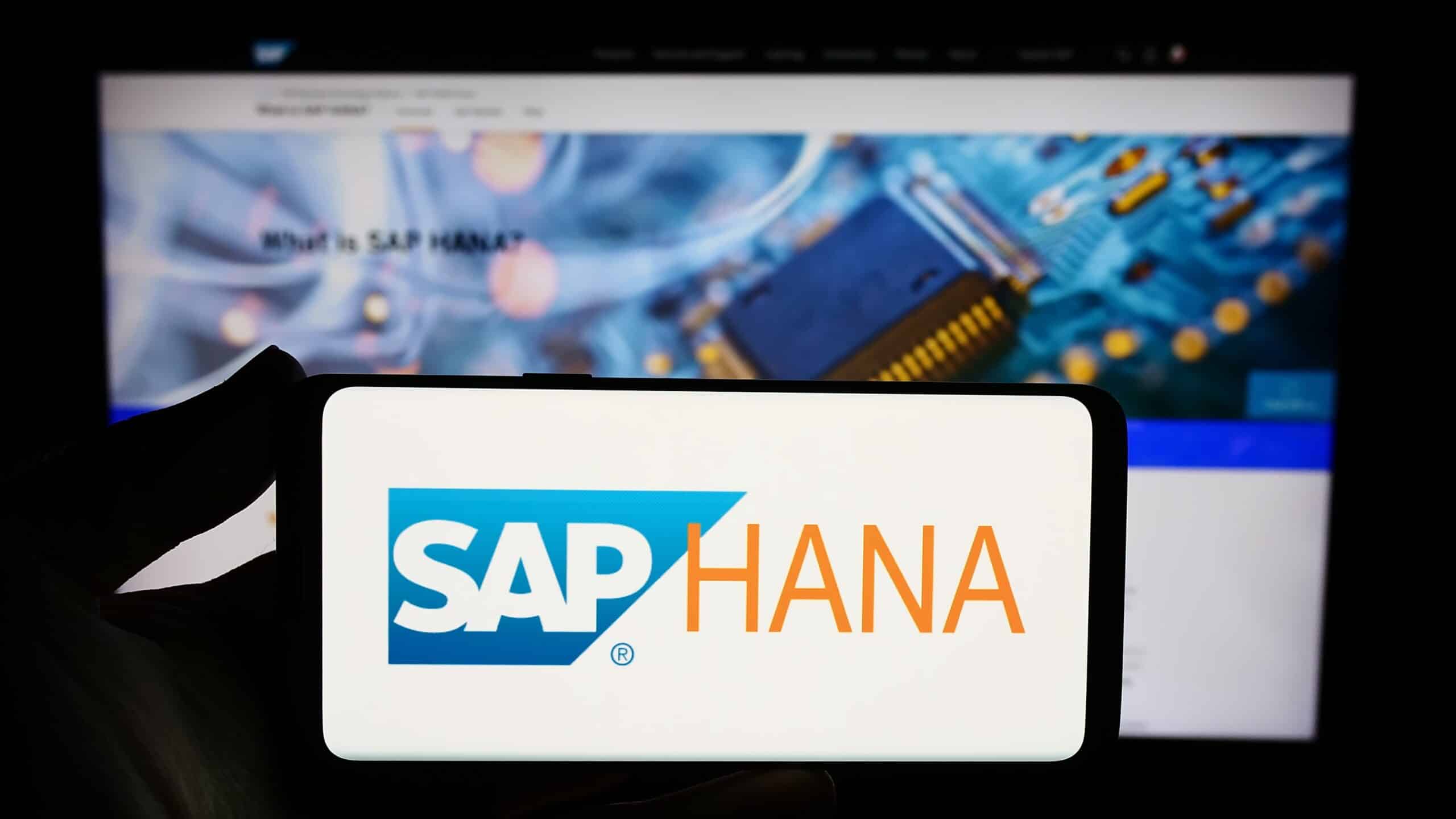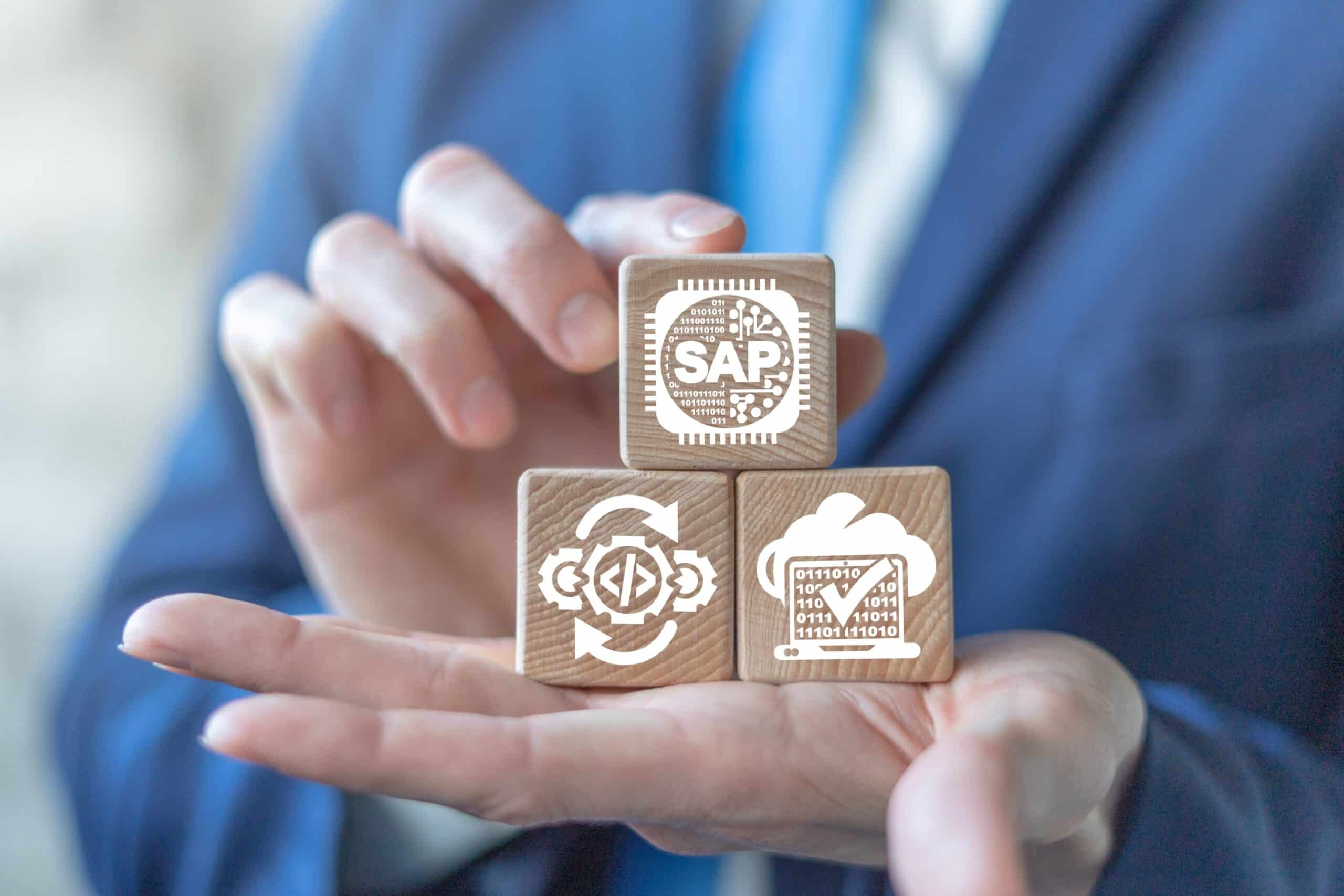The tech landscape is constantly advancing, and SAP, the behemoth of enterprise software, is no exception. The impending end-of-life for SAP ECC in 2027 marks a critical juncture for SAP users. This isn’t just a date on the calendar—it’s a turning point that demands action. Let’s delve into the implications, understand the transition timeline, and explore strategies to optimize your existing SAP investment.
Understanding SAP ECC End-of-Life Dates and Its Evolution
SAP ECC (ERP Central Component) has been a cornerstone of SAP’s offerings, centralizing core business processes. However, with the end of mainstream support set for 2027, organizations are at a crossroads. The end of life for SAP ECC doesn’t mean an abrupt stop; rather, it signals the end of mainstream maintenance, pushing businesses towards SAP S/4HANA, the next-gen ERP system.
The 2027 deadline isn’t just a technical end date: it’s a critical moment for SAP Business Suite customers. Post-2027, SAP ECC will enter an extended maintenance phase, which means limited support and no new updates. This shift could lead to increased maintenance fees and potentially higher costs for keeping outdated systems secure and compliant. Companies must weigh the benefits of transitioning against the costs of clinging to the past.
SAP’s Maintenance Strategy: What to Expect After 2027
If you’re wondering, “Is SAP supported after 2027?” the answer is nuanced. While SAP Business Suite 7, including ECC, will receive extended maintenance until 2030, this comes at a premium. The limited support might cover only critical updates, leaving systems vulnerable to newer threats and operational inefficiencies. It’s like keeping an old car running with duct tape—just enough to keep it on the road but far from optimal.

The Shift to SAP S/4HANA: Why It Matters
SAP S/4HANA represents a significant leap beyond just an upgrade from ECC, offering businesses a modern, cloud-centric environment tailored for the demands of today’s digital economy. Unlike ECC, which could run on various traditional databases, S/4HANA is exclusively built on the SAP HANA in-memory database, delivering dramatically faster data processing and enabling near-real-time analytics. This capability is crucial for companies that need to make quick, data-driven decisions in a competitive landscape. Additionally, S/4HANA simplifies data structures, streamlining operations like financial reporting and inventory management, thereby reducing inefficiencies common in older systems.
Beyond these technical improvements, SAP S/4HANA is designed to be the foundation for digital transformation. It integrates seamlessly with advanced technologies like AI, machine learning, and IoT, which enhances forecasting accuracy, enables proactive maintenance, and automates routine tasks. These capabilities free up valuable resources, allowing businesses to focus on strategic initiatives rather than being bogged down by manual processes. Furthermore, the SAP Fiori interface provides a modern, intuitive user experience that supports role-based access across devices, improving productivity and user satisfaction.
In summary, while SAP ECC has served well over the years, it falls short in providing the agility and innovation required in today’s fast-paced market. SAP S/4HANA not only addresses these shortcomings but also offers a platform that supports future growth and innovation. For businesses looking to remain competitive and efficient, transitioning to SAP S/4HANA is not just an upgrade—it’s a strategic move toward a more agile and technologically advanced future.
Transition Strategies: Choosing Between Greenfield, Brownfield, and Hybrid
When transitioning to SAP S/4HANA, organizations have three main approaches to consider: Greenfield, Brownfield, and Hybrid. Each offers unique benefits and challenges depending on the business’s needs.
-
Greenfield is a complete rebuild, ideal for companies seeking to re-engineer processes and adopt the latest industry best practices. This approach allows for a fresh start, removing outdated customizations but often comes with higher costs and longer timelines due to extensive change management.
-
Brownfield focuses on upgrading the existing SAP ECC system, preserving current configurations and customizations. This method is less disruptive and more cost-effective, making it suitable for organizations that want to minimize risks and maintain continuity. However, it may carry over inefficiencies from the old system.
-
Hybrid combines elements of both Greenfield and Brownfield, offering a flexible approach that allows businesses to redesign key processes while retaining essential legacy customizations. This approach is ideal for large organizations with complex systems, balancing innovation with risk management.
When selecting the right strategy, businesses should weigh factors like system complexity, the level of desired change, budget, and acceptable disruption during the transition. The choice should align with the organization’s long-term goals and operational requirements.
The Future Beyond 2027 for SAP ECC and Business Processes
Looking ahead, the future of SAP software is bright but requires adaptation. The end of support for SAP ECC is not the end of SAP; rather, it’s an evolution towards more advanced, cloud-based solutions. Companies that embrace this change can unlock new business value, leveraging technologies.

The Role of an Implementation Partner
The transition to SAP can be a significant challenge. By partnering with seasoned experts, SAP clients can navigate the intricacies of migration, optimize business processes, and reduce disruptions. A knowledgeable partner offers valuable insights into utilizing the SAP ecosystem to improve business functions. At FirstCall Consulting, our Enterprise Architect service is vital, providing strategic direction and technical know-how to ensure your IT infrastructure supports your business objectives.
How FirstCall Consulting Can Help
The shift from SAP ECC to SAP S/4HANA may seem overwhelming, but with FirstCall Consulting, it’s a manageable journey. We excel in steering companies through this vital transition, providing comprehensive support at every stage—from the initial assessment to the complete implementation and subsequent optimization.
As the deadline for SAP ECC support in 2027 approaches, it’s crucial not to delay your migration process. Starting early affords you ample time for planning, execution, and refinement of your strategy. Choose FirstCall Consulting as your navigator on this essential route. Are you prepared to secure your company’s future? Reach out to FirstCall Consulting now to arrange a consultation and learn how we can assist you with the intricacies of SAP transformation.
FAQ: Navigating SAP ECC End-of-Life
-
Is SAP supported after 2027? Yes, SAP ECC will enter an extended maintenance phase after 2027, offering limited support until 2030. However, this comes with higher maintenance fees and limited updates.
-
Is SAP ECC reaching end of life? Indeed, SAP ECC is approaching its end of life, with mainstream support concluding in 2027. Beyond that year, extended maintenance will be offered until 2030, although no additional features will be introduced.
-
How long will SAP software last? While SAP ECC’s mainstream support ends in 2027 and extended maintenance runs until 2030, SAP’s newer offerings like SAP S/4HANA are designed to support businesses well into the future.
-
Will mainstream maintenance end in 2027 for SAP Business Suite 7? Yes, mainstream maintenance for SAP Business Suite 7, which includes SAP ECC, ends in 2027. After this, extended maintenance is available under certain conditions.





